Portrait photography is one where the person’s personality or character of a person or a group of people is captured. The effectiveness of a portrait photograph is in the expression, background, environment, lighting, and story.
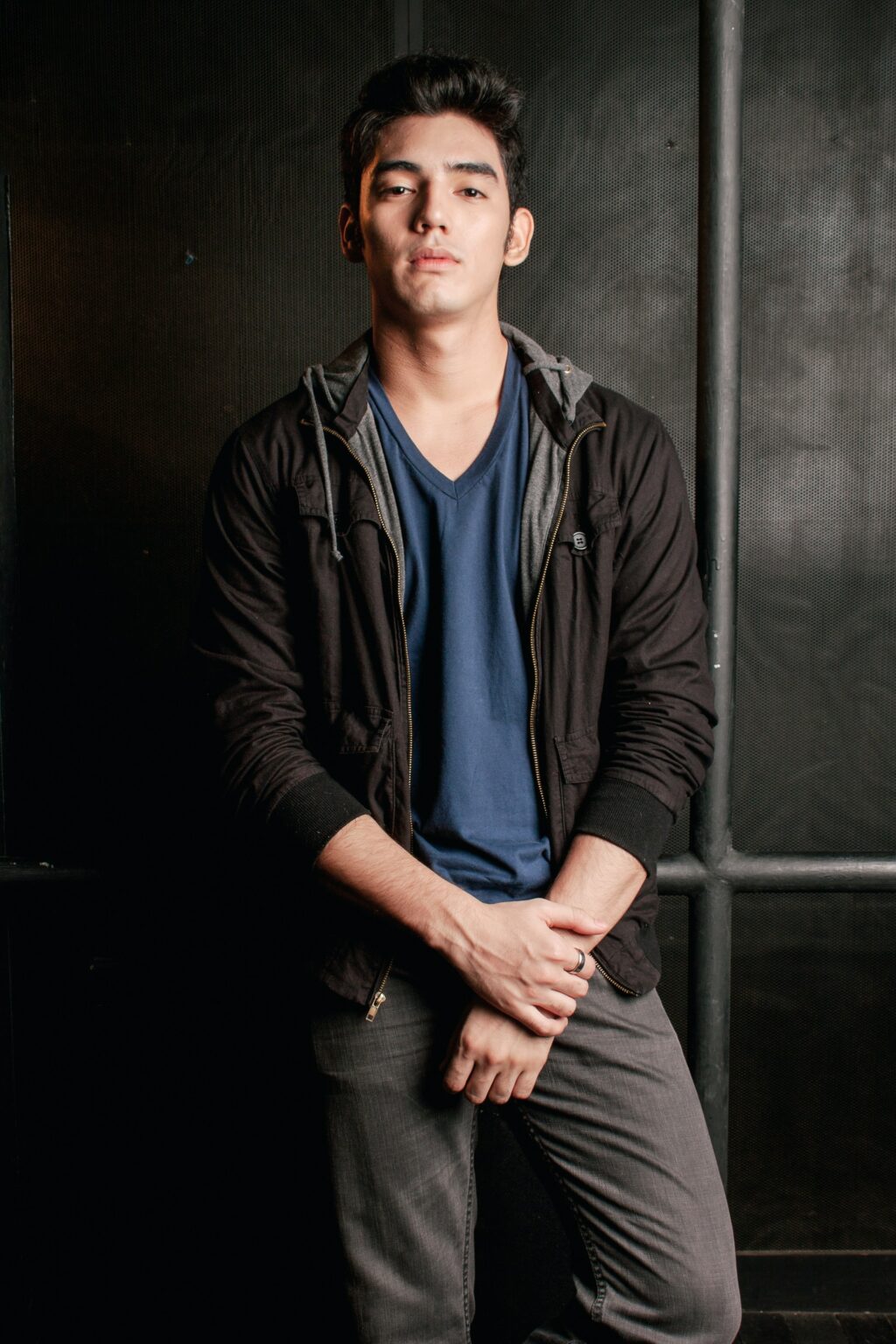
Portraits can be shot for various reasons – special occasions, events, business, professional work, portfolio, or even for creative purposes, fun, and hobby. They can be shot in either artificial or natural light and lit in many ways depending on the results one is looking for.
If you are looking to get started with portrait photography or for portrait photography ideas, here are 21 different types of portrait photography that you can try today.
Also, do not forget to check out this page that has many tips to capture stunning portraits – Portrait Photography: The Ultimate Resource for Making the Perfect Portrait
Portrait photography can be done with almost any lens and camera you have in hand, but having specific gear really depends on the final results you want. Here are some gear tips before we move on to the types of portraits.
- It is recommended to have a camera that can shoot in manual mode. This way, you will have creative control over exposure.
- The lens depends on the location and the kind of results you are looking to achieve.
- If you will be working on street and environmental portraits, you will want to include some background information in the frame. So, an f/4 lens can be a good choice. You can even work with your kit lens.
- To achieve a beautiful bokeh or a dreamy mood in the images, you can go for lenses with an aperture value of f/1.4 or f/1.8. A 50mm f/1.8 lens is great for a start, or you can go for the 85mm f/1.8. These are not necessary for environmental or street portraits.
- For documentary and street photography, you can use a 35mm lens or, if required, a 50mm lens, depending on the desired results, especially if you wish to capture photos from a slight distance away from the subject.
- If you want creative effects and bokeh in your portraits, you can even check out the lens baby series.
- Besides the camera and a lens, you will also need lights if you will be working in a studio and reflectors to fill unwanted shadows. Reflectors will be helpful when working with both natural and artificial light.
While above are some of the basic gear that will be required to get started with portrait photography, you may have to use extra accessories based on the type of portrait photo you wish to shoot or specific results you are looking for in a portrait.
You can check out the articles below relating to essential gear for portraits.
Here is a list of 23 different types of portrait photography that you can try today, along with links to our detailed articles wherever possible.
1. Traditional Or Classic Portraits
Traditional or classic portraits have existed for many decades, and in this type of portrait, the subject will pose and look straight into the camera. These portraits are usually shot in a studio setup with specific lighting that are flattering and backdrops that are usually plain (mostly solid dark colours) and simple.
Traditional portraits can be a full body portrait, head and shoulder or other crops and the subject/s may be sitting, standing or in another pose. The lighting and backdrop are chosen in a way that they emphasise the subject and their features, mostly their facial features and is one of the most common types of portraits.
Portraits capture the characteristics and personality of a subject and traditional portrait photography is done to capture a subject in their natural self. Most often, traditional portraits are captured of popular people (political, cultural, artists, etc.) and historic figures.
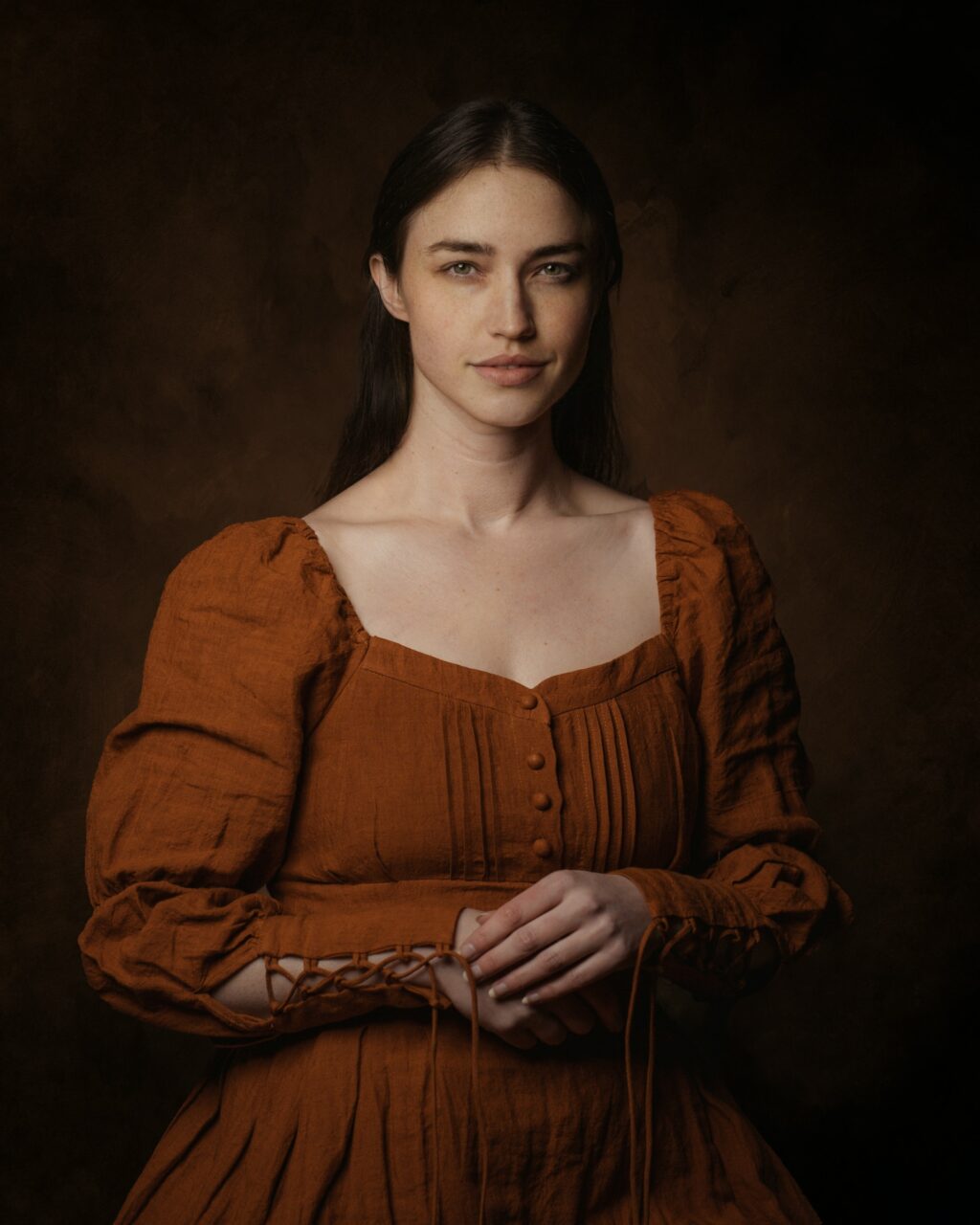
Check out some Bite Size Tips – Capturing Classic Portraiture Compositions
2. Business Or Formal Portraits
Business or formal portraits are also mostly shot in a studio just like a traditional portrait and mostly this also falls into the traditional portrait category. The subject is in their formal attire and sometimes instead of a studio, the subject is photographed in their business or work environment.
Business portraits could be half length, in a sitting pose (sometimes standing) or sometimes even headshots which will be discussed in the next section. The portraits are captured in the subject’s natural pose and usually a smile.
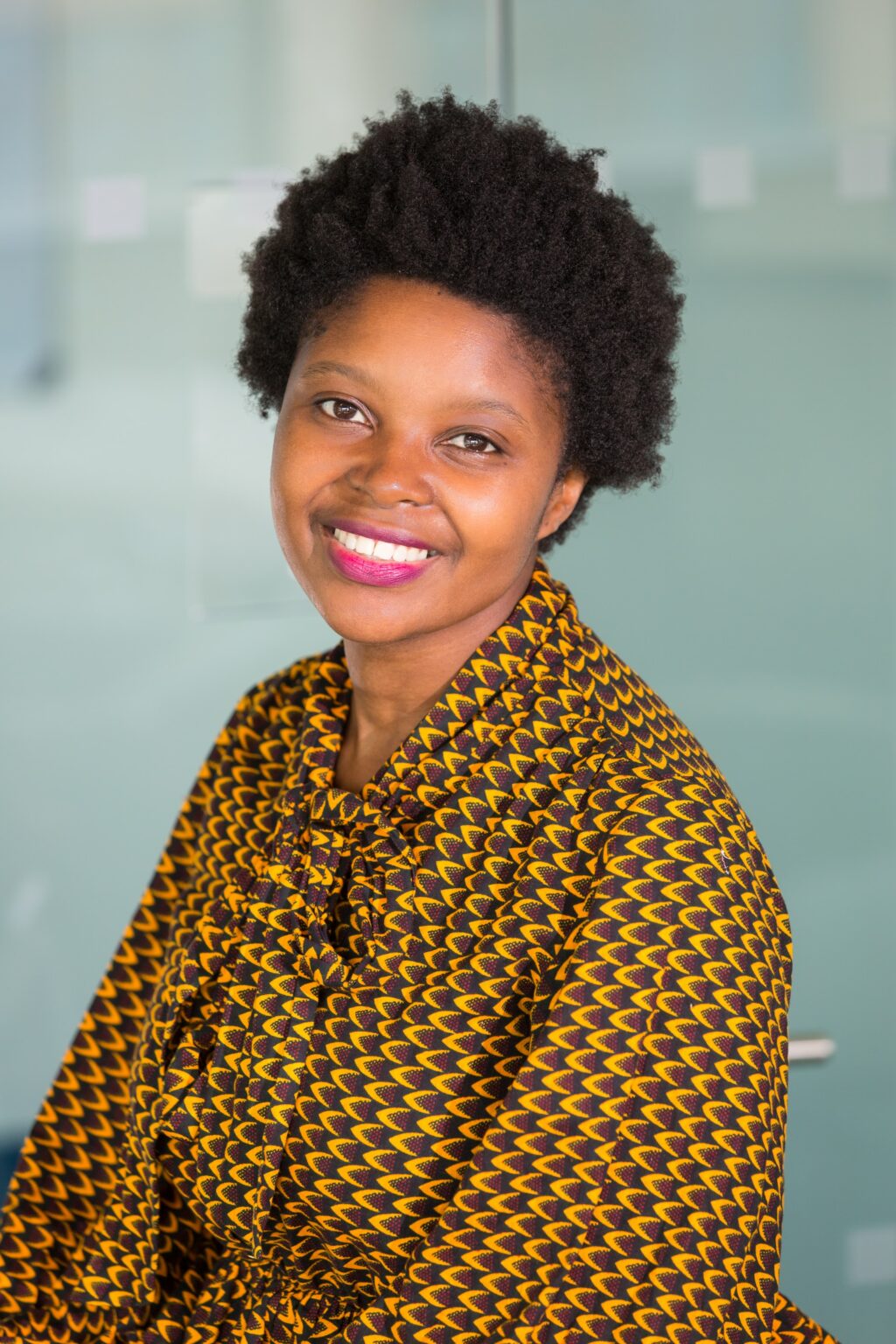
3. Headshots
Headshots are usually captured for business purposes including profile photos for their social media, LinkedIn profiles, websites, etc., and anyone who is a professional will benefit from having a headshot done professionally for marketing, branding, company profiles, etc.
A headshot can be captured in various ways and should capture the personality of the subject. It should never be a forced pose as you want to present the subject for who they are. Artists who work in various professions may tend to strike a pose to represent their profession, for example a comedian, magician, etc.

Here are various resources that can help you to master this craft:
4. Candid Photography
When capturing candid portraits, the subject is often unaware that they are being photographed. This type of photography is not setup, posed, planned and the photographer stays very discreet when capturing the photographs.
Since candid portrait photography is taken in the instant, the photographer observes the environment and the people in there to capture interesting and storytelling moments. The photographer needs to remain discreet and photograph so that the subject is not aware that they are being photographed.
You need to have the camera ready with the settings you desire already set up. This is important when shooting streets and events for candid photos.
When it comes to lighting, the photographer needs to be in a place from where they can get the lighting great like side lighting, etc., or work with what is available in the moment. If indoors, a fill flash may help in low light situations.
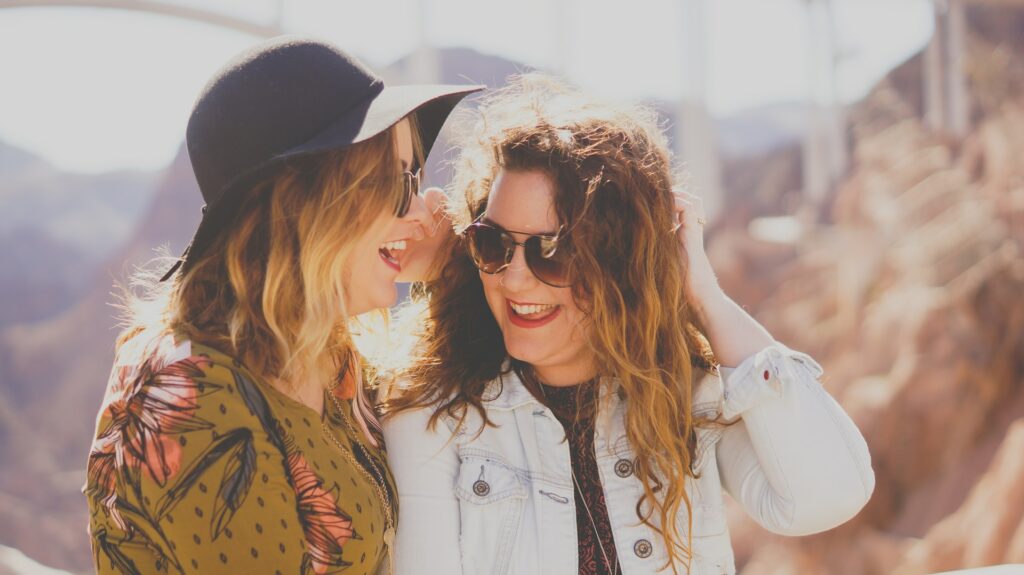
If you are struggling to start with candid photography, this article will help you get started – 8 Ideas that Will Help You Make Better Candid Photos
5. Fine Art Portraits
Fine art photography in general is quite hard to define and fine art portrait can be a creative portrait of any kind where the photographer captures a model who is styled in a specific way with meaningful props to express a concept or tell a story. Ideas and concepts are important in fine art portraits and hence images are captured with pleasing colours, atmosphere and artistic appeal and it is the individual photographer’s creative thought that helps with capturing interesting fine art portraits.
Fine art portraits are creative and hence use creative techniques to capture visually appealing results. These portraits are also edited quite a lot to bring out the results one is looking for.
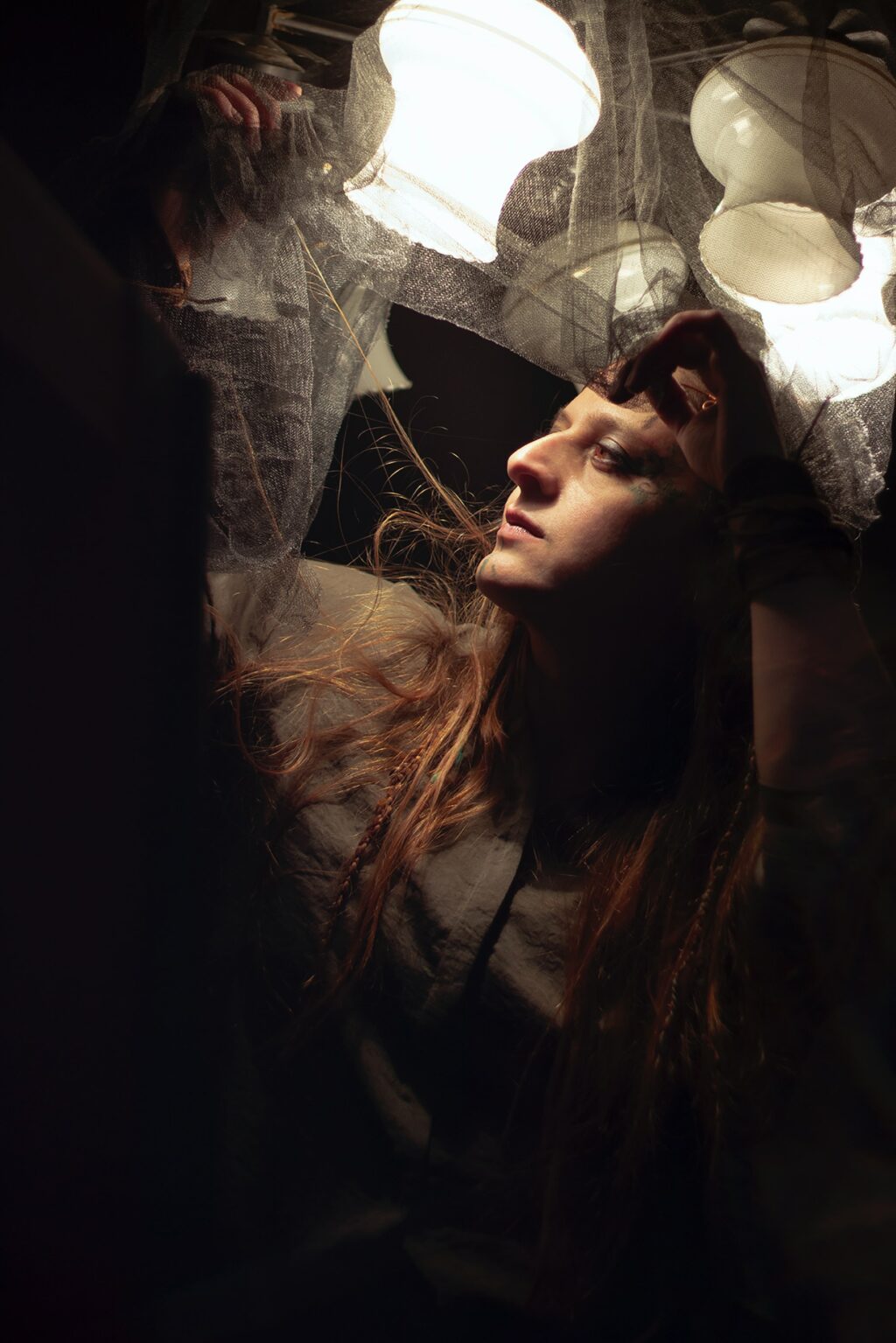
6. Glamour Portraits
Glamour portrait as the name suggests, is all about capturing the beauty of a subject. This kind of portrait requires a lot of planning and preparation in terms of a suitable model, styling, makeup, location, time, lighting and so on.
In glamour portraits, the models are made to look their best by capturing their best features, characteristics and personality. Hence suitable outfits, makeup artists, dress designers, etc., are involved, but glamor portraits are not fashion photography where more importance is given to what the model wears.
Glamour photography can be shot indoors in a studio or outdoors. It is important to keep the subject comfortable in order to capture the real emotions and avoid awkward expressions.
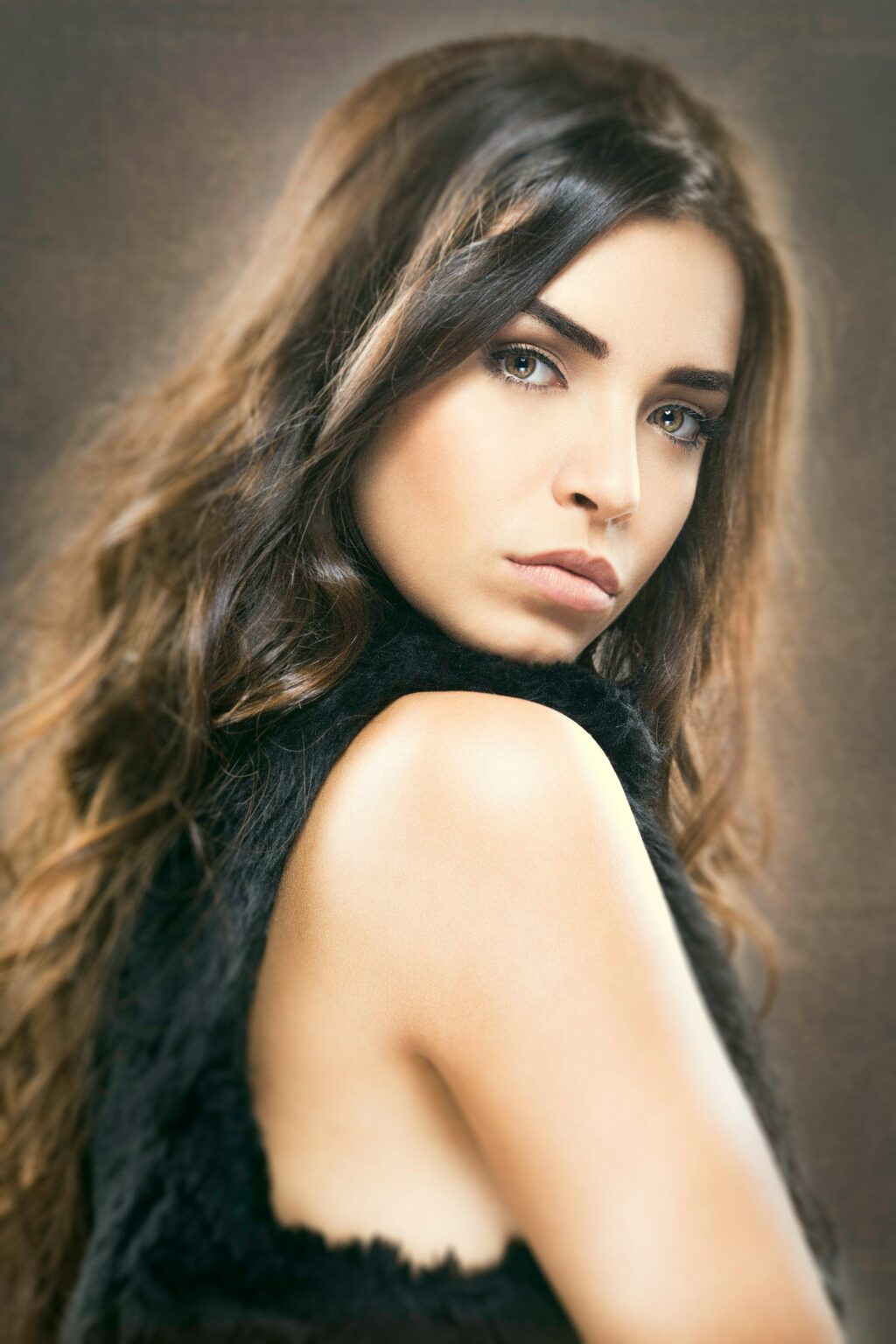
7. Lifestyle Portraits
Lifestyle portraits unlike the formal or traditional photography capture people in their everyday environment. It cannot be exactly called an environmental portrait, because lifestyle photography captures the lifestyle of a person or a group of people or a family and this can be in their own living environment or the environment can be recreated elsewhere, whereas an environmental portrait is one where people are captured when doing their daily tasks or when they are on their daily routine in the environment that they work in.
Lifestyle portrait photography is one that portrays real life and are mostly not posed, but there are times they are posed when the environments are recreated somewhere. In lifestyle portraits, the subject is captured in their daily environment, which can be their home, office or another space where they spend a lot of their time and lifestyle family photos capture the interaction between members of the family.
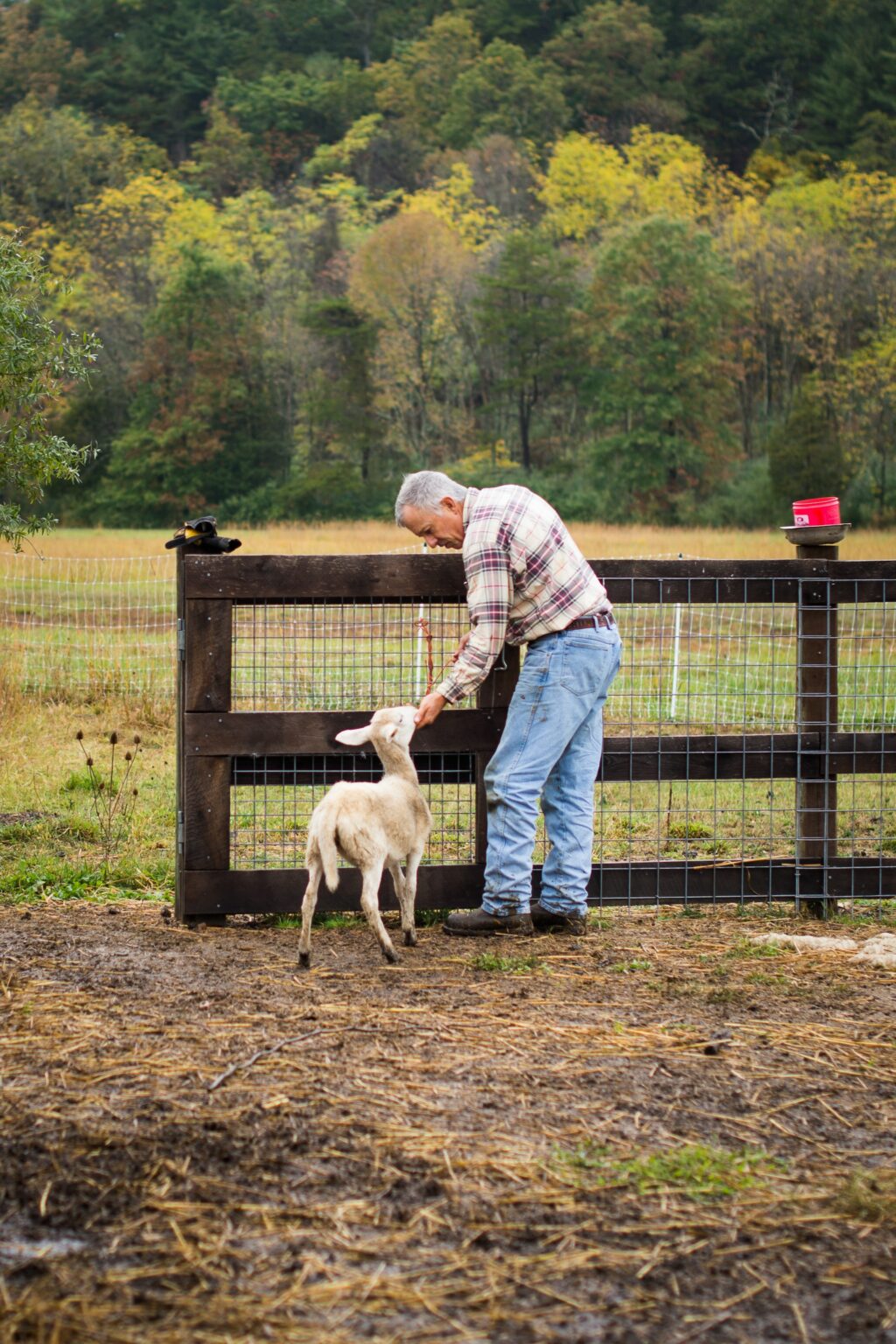
8. Kids Portraits
Kids portraits are capturing portraits of children in a studio or outdoors. It is another challenging genre because kids do not want to sit or stand and pose for you. You need to let them do their thing or capture candid moments when they are out playing or doing things that are of interest to them.
When capturing kids, get down to their level to capture engaging and effective portraits. Make sure you do not chase them around with a camera and tire them off. You can entertain them or do things that keep them interested and then try to capture some interesting shots. It take a lot of patience and perseverance to get good portraits of kids.
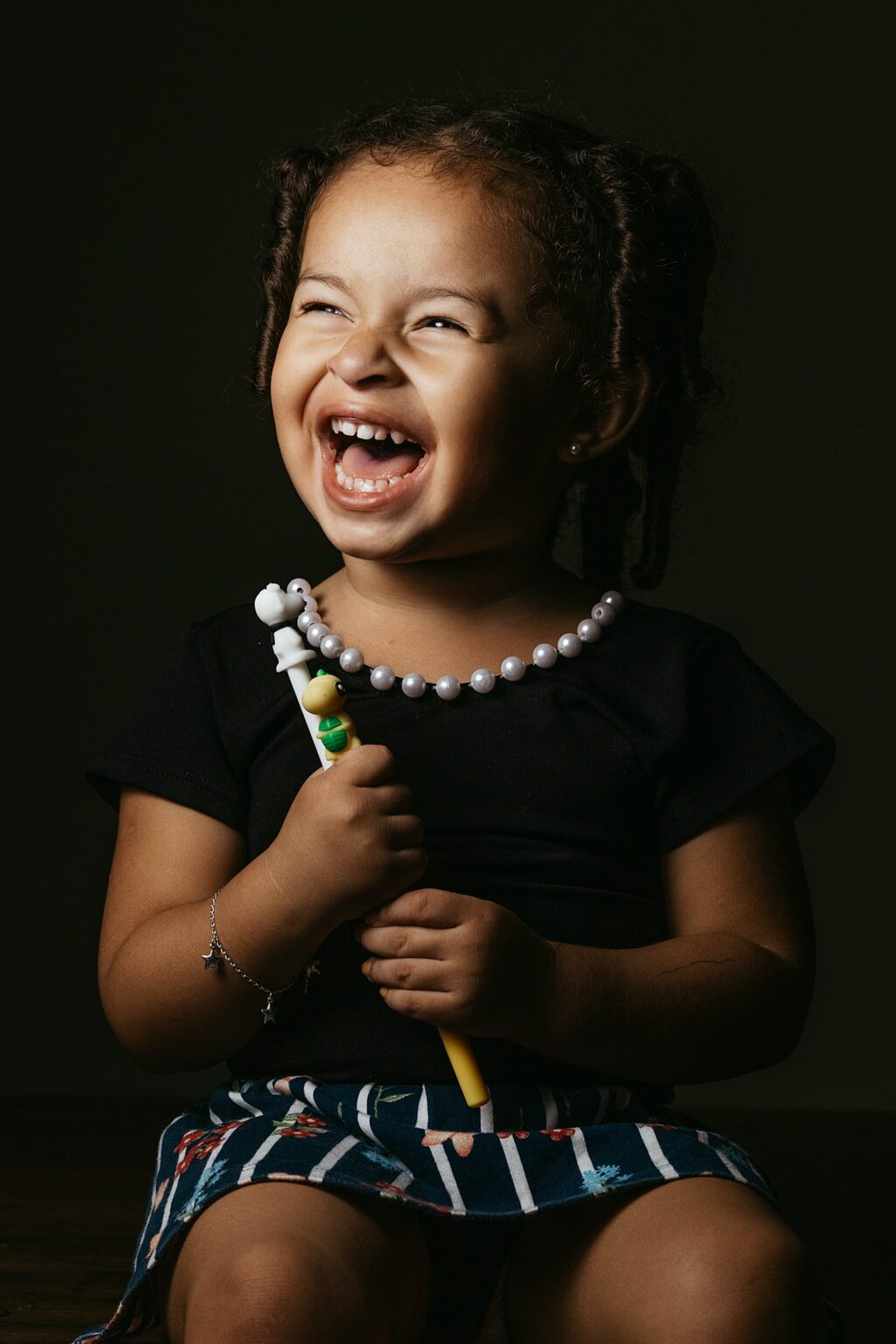
Check out these resources for tips on kids portraits:
9. Pet Portraits
Pet photography is one of the most popular these days and capturing the personality of pets can be very challenging, but at the same time fun, help to preserve beautiful memories and document different stages of their life.
You will need to understand the pet’s behaviour and interact with it in order to capture the best photos. There is no way you can make your pet pose or do certain things when you need them to. A high level of patience and observing skills are needed to capture their photograph at the right moment.
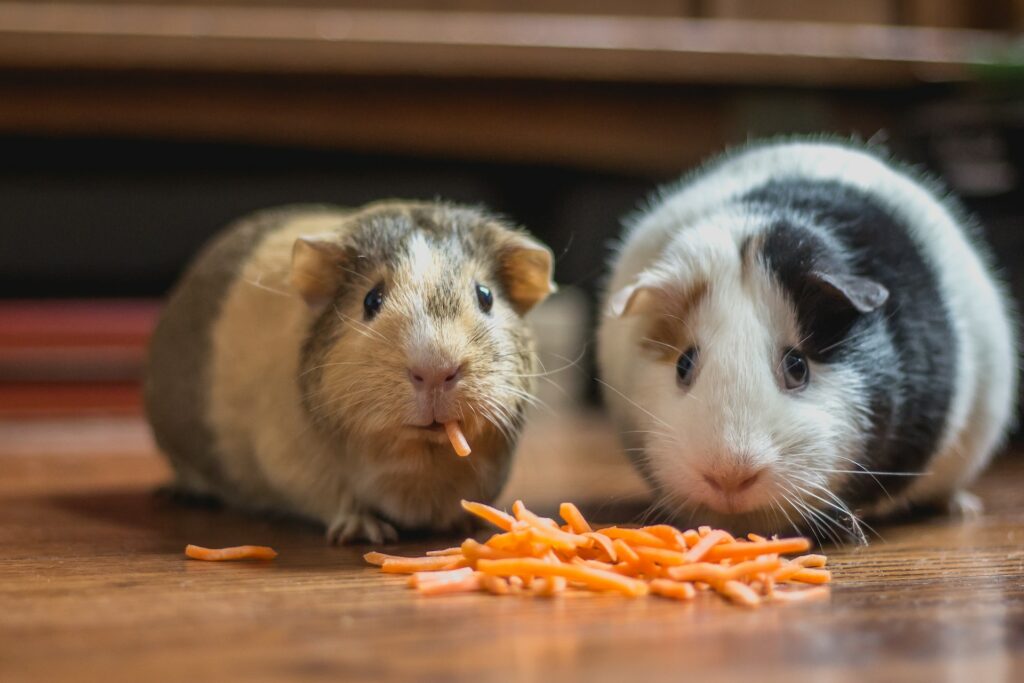
Check out these resources for ideas and tips on pet portraits:
10. Family Portraits
Family portraits are portraits of family members interacting or connecting with each other. These are fun photos that bring out the real emotions shared between family members.
Sometimes, family portraits are also posed, but in a very casual and fun way to capture the cheer and the atmosphere. Family portraits can be done at home or outdoors, seated or standing or a combination of both.
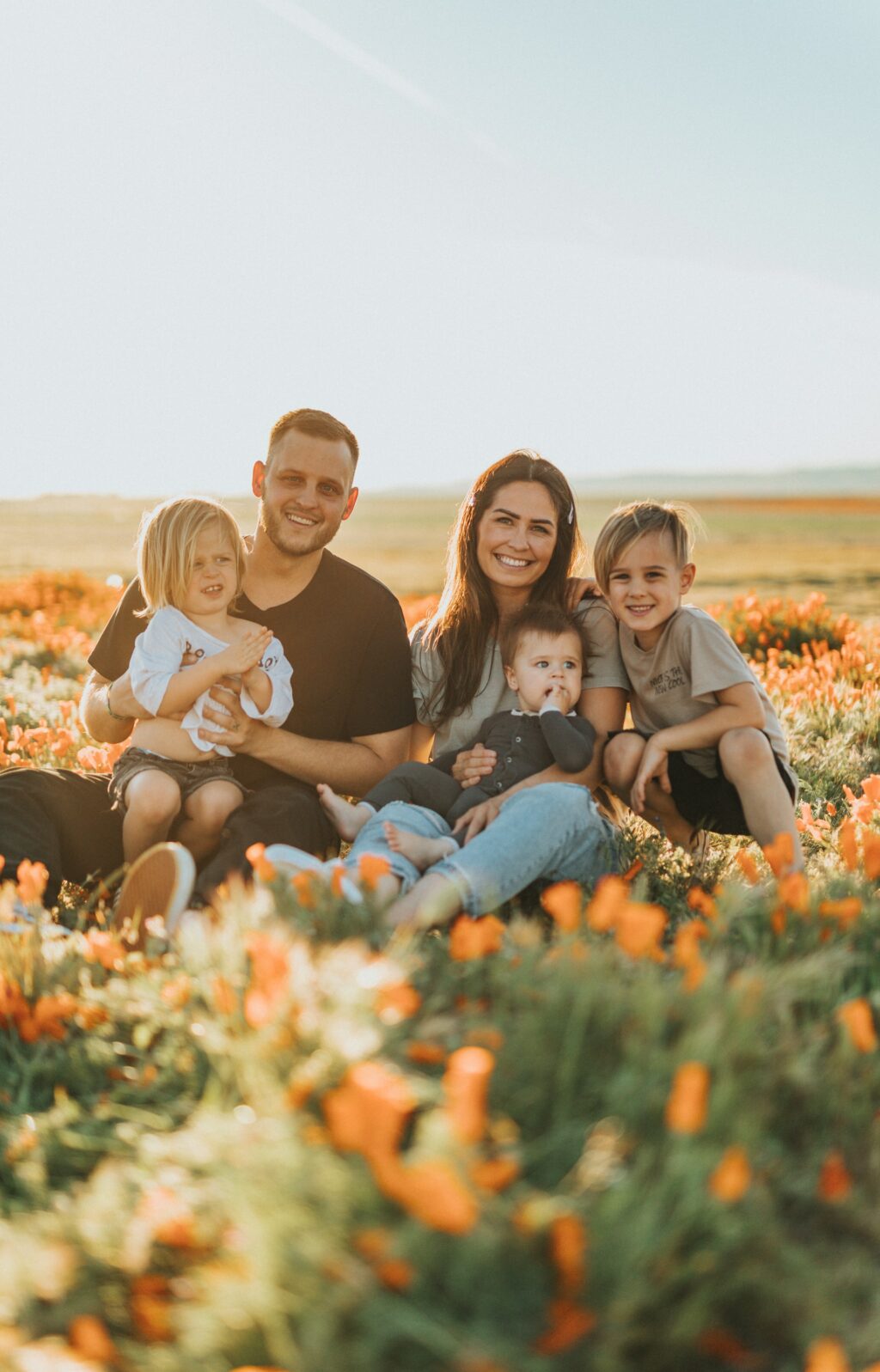
Here are some family photoshoot ideas and tips:
11. Couple Portraits
When capturing photographs of couples, you need to capture the love and bond they share with each other. It is important to sit with the couple beforehand, get an understanding of them and their needs before a portrait photoshoot because every couple is different and will be looking for different kind of photographs.
Similar to any type of portrait photography, it is important to keep the couple relaxed and feel comfortable in front of the camera. Also allow the couple to portray their real emotions on order to capture the bond between them. There are some natural poses that you can try if the couple are feeling too shy or are not aware how to pose.
Ask the couple to interact with each other like how they normally do in their day to day life and capture candid happy moments. These photos will look more natural and will be cherished forever.
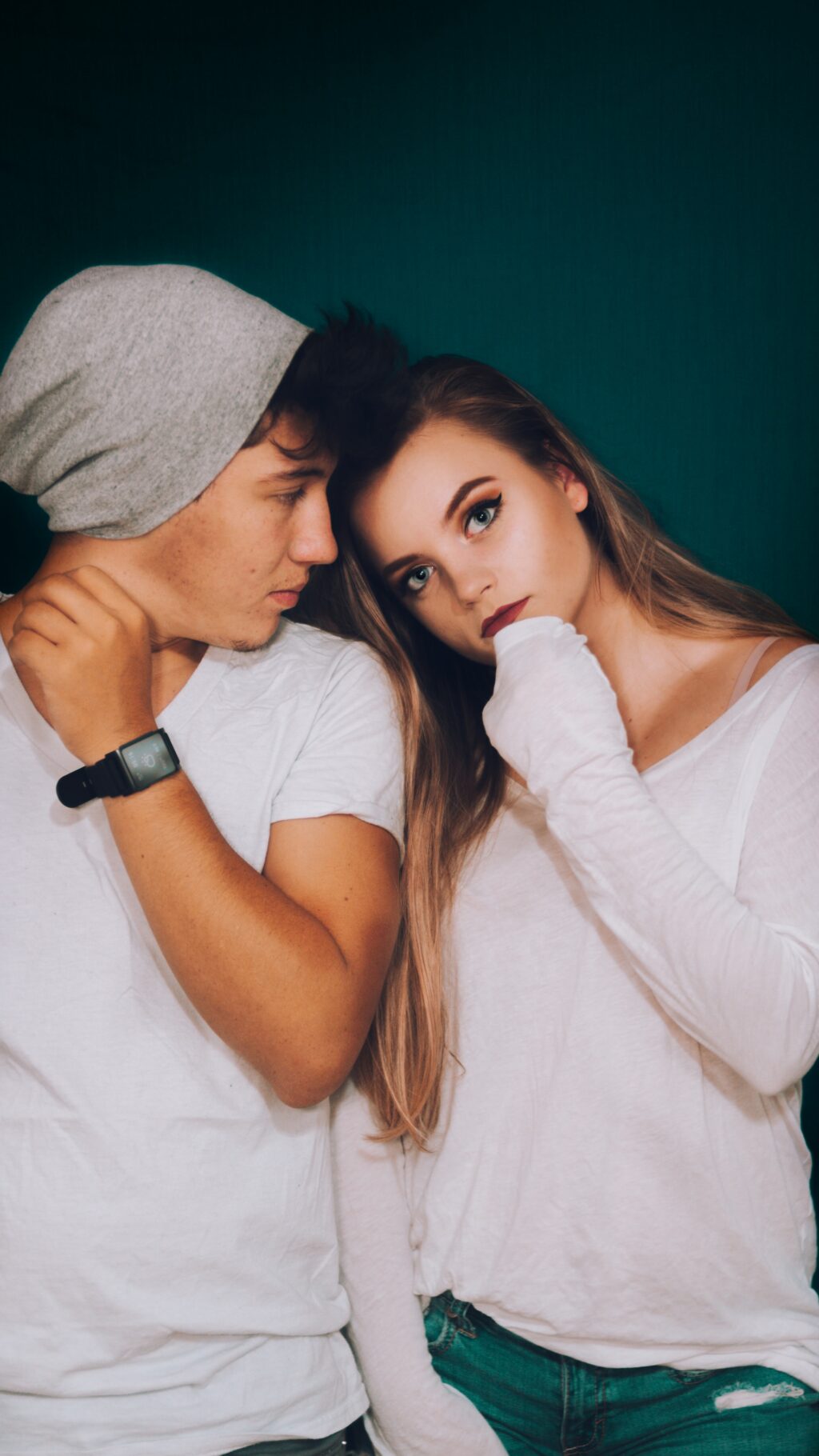
Read more below to capture effective couple portraits!
12. Group Portraits
Group portraits are portraits of more than one or two people and it is most of the time captured during events, or when a group of friends or families want to capture a group photo. You will be dealing with a group of people and getting them to pose and placing them to result in a visually pleasing photo will be quite challenging. Care needs to be taken to get the composition and poses right for group photos.
During events, especially when it is official, the poses can be quite formal, but when it is families and a group of friends, candid poses are the best and it will bring out a cheerful mood in the image. Remember that, even if it is a group portrait, you need to capture the relationship between subjects in the image.
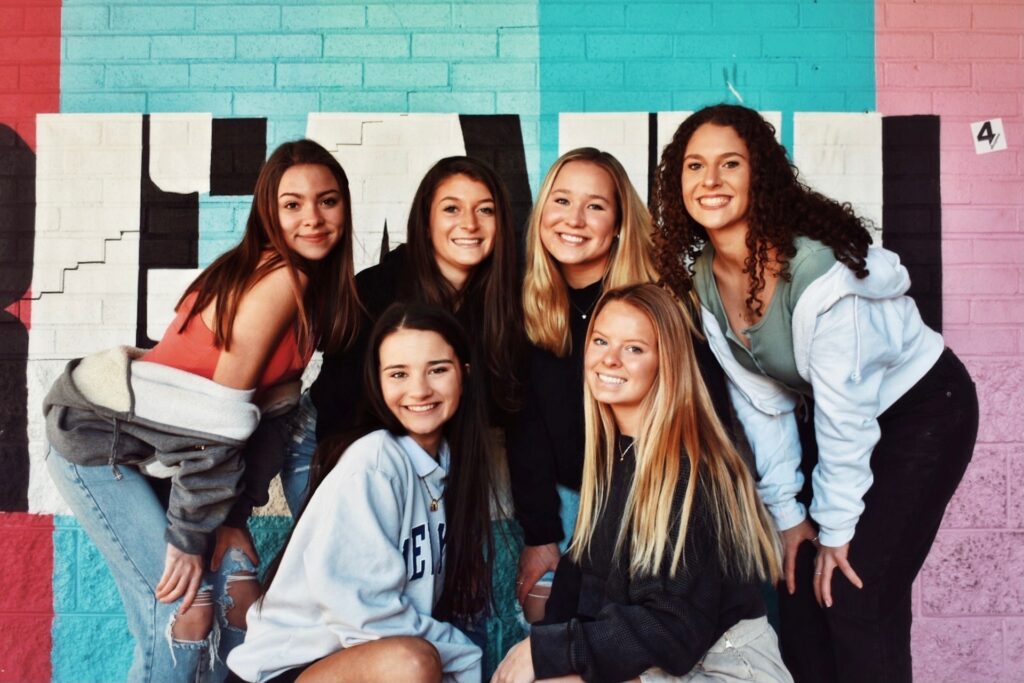
Read to find more about How To Shoot Creative Group Portraits, 5 Ways To Improve Your Group Photographs and How to Pose Large Groups Organically: A 3-Step Guide to Beautiful Group Photos
13. Wedding Portraits
Wedding photography is a professional genre and most wedding events hire a professional photographer for traditional and/or creative wedding photos. Wedding photography is about capturing the intimate moments and other emotional moments in the event. It takes a lot of experience and creativity to capture moments that can be cherished for a lifetime.
Candid and documentary style images work best for wedding photography than posed images. This way you will be able to document the beautiful moments that happened in that day without disrupting the flow of the event and the bond/relationship/emotions that are shared during the event.
Besides these, you can also have the couple in a location with good light and scenery outdoors and capture come candid portraits that highlight the day.
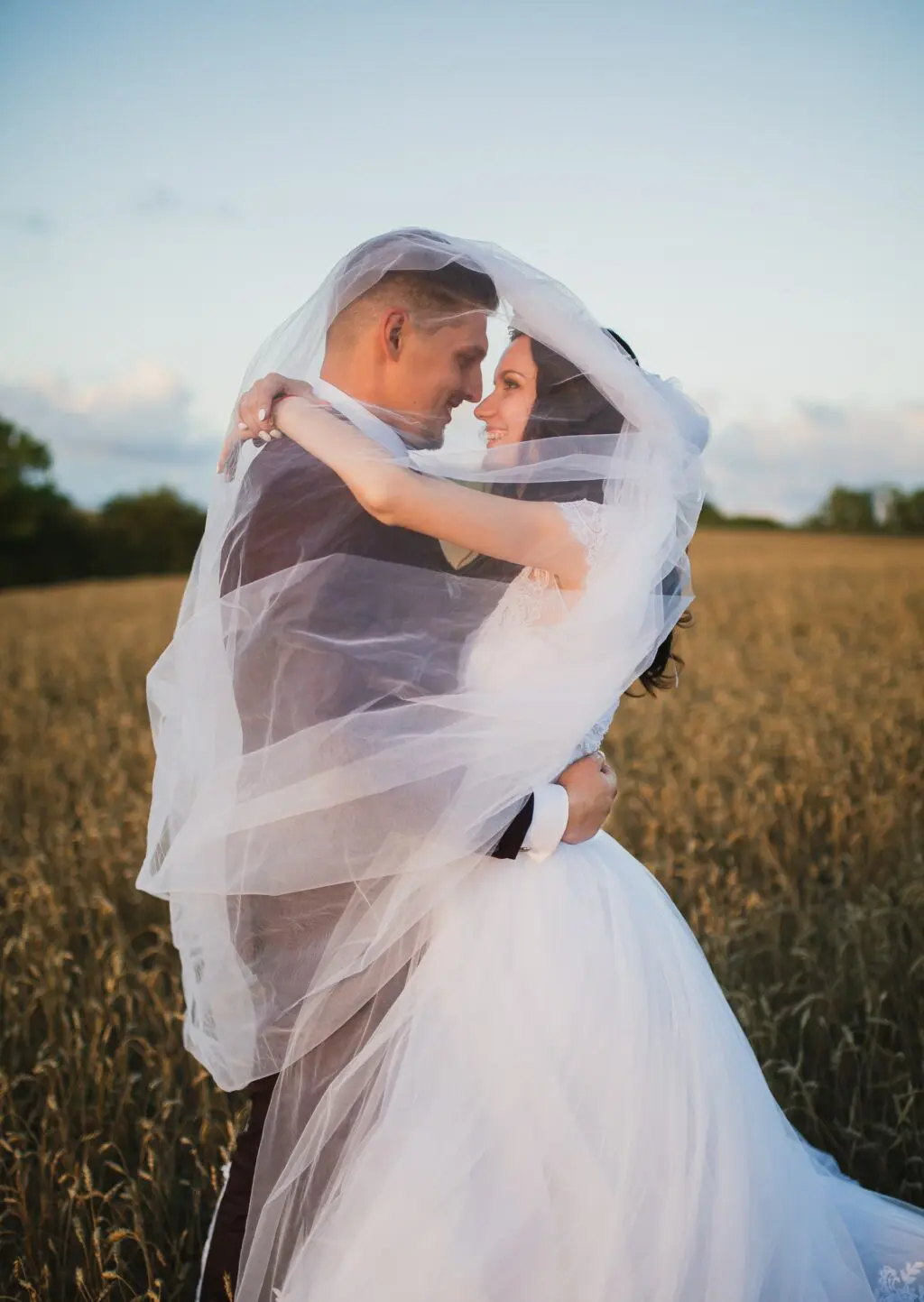
Read more on,
14. Newborn Portraits
Newborn photography is a very delicate task to deal with and requires a lot of patience, knowledge and skills. This is a very challenging genre but very rewarding as well because you are capturing moments of a newborn and the intimate moments with the family.
Some parents may like to use props while others may like to have a casual and more natural kind of photoshoot. It is good to have a detailed discussion about the photoshoot well ahead of the shoot as this will require scheduling around times when the family and the baby are ready.
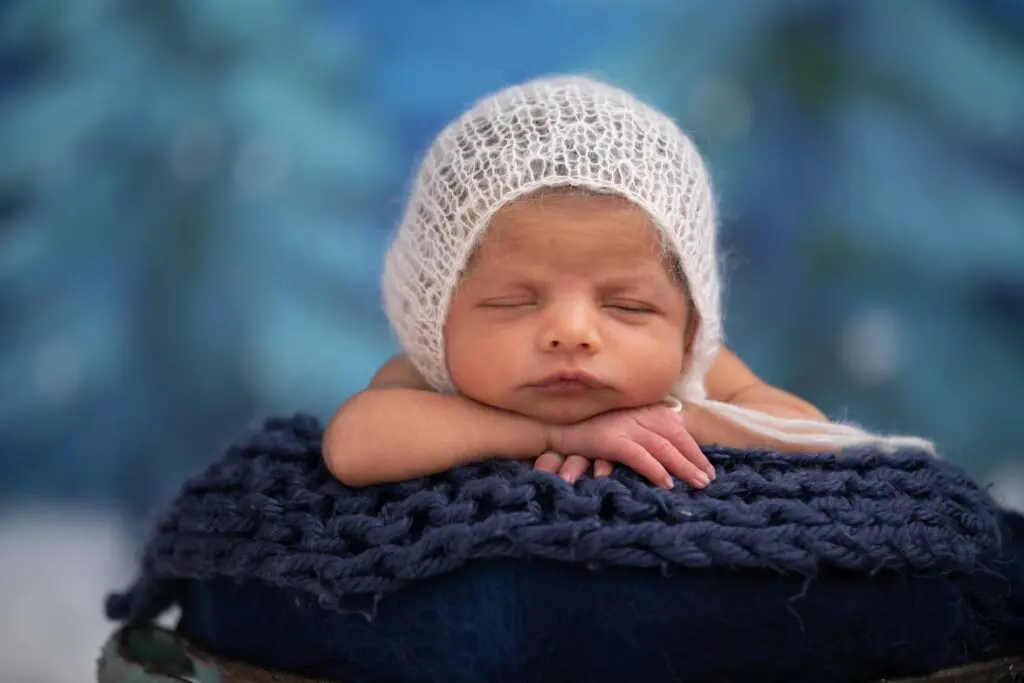
Check out,
15. Environmental Portraits
Environmental portraits are shot in the natural environment a person lives in or works in and a lot of the surroundings are included in the frame to tell the story or depict the situation. The portrait is taken in such a way that it portrays who the person is and what they do.
Locations where environmental portraits can be captured can be the subject’s home, a workplace like an office or another of their own location, a farm, an outdoor space, a kitchen, a studio, etc. Environmental portraits can be shot candidly or by carefully choosing posing techniques that make the story look natural. Candid shots tend to be the most powerful of the two and posed shots are where the photographer sets the pose, lighting, etc., for taking photos.
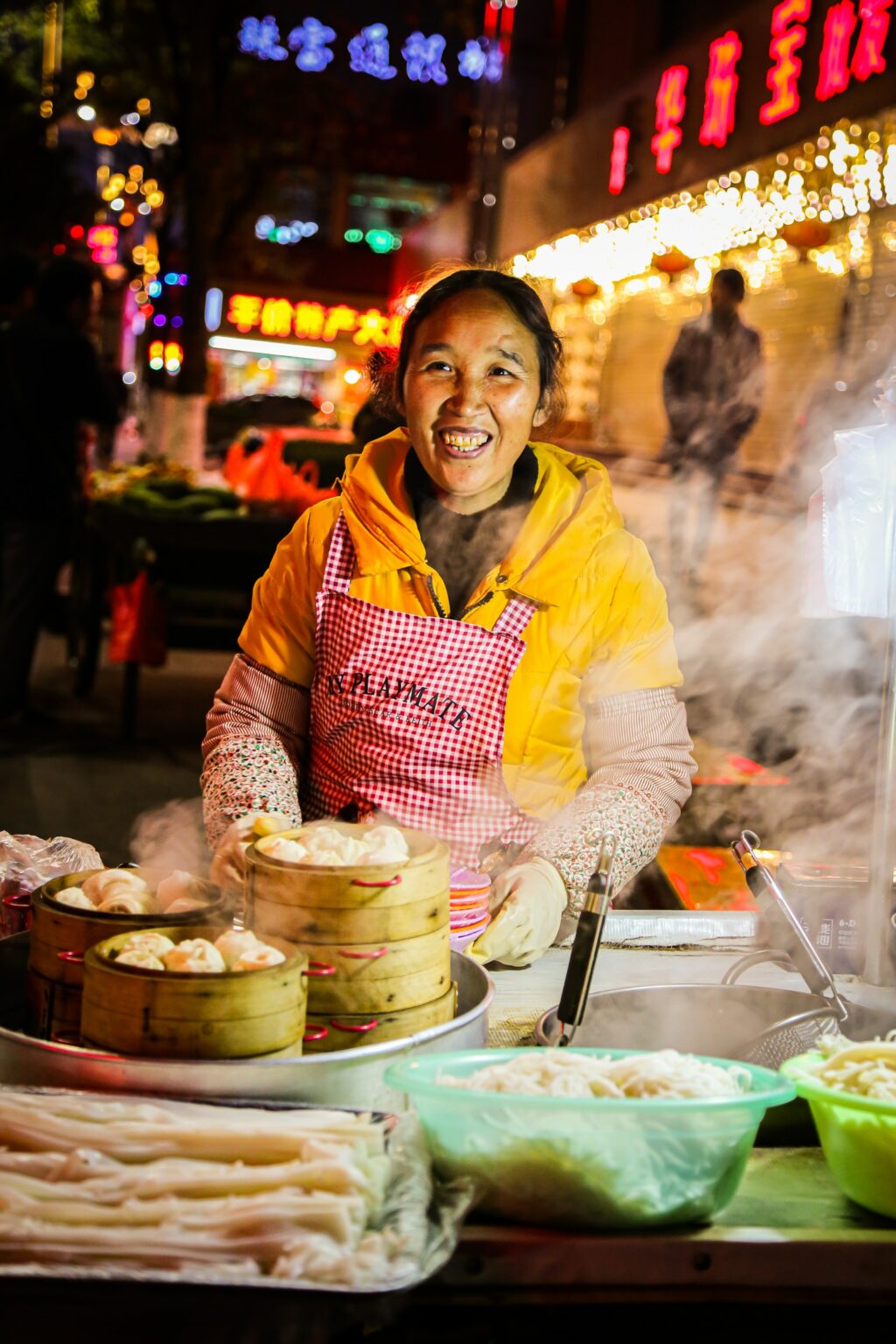
Here are more resources on environmental portraits:
16. Street Portraits
Street portraits are portraits shot on the street, and they are most of the time candid shots. There are times when someone is also asked to pose in the street before capturing their portraits and this happens when the photographer approaches the subject, has a conversation, gets to know the subject and then requests a posed shot.
Mostly, for candid shots, the photographer observes an area and gets an understanding of the people, the environment and how they interact. They then wait for the right moment and capture the best moments. When it comes to street portraits, unlike the street photos, the portraits are captured as slightly closeup shots, but with the environment included to tell the story.
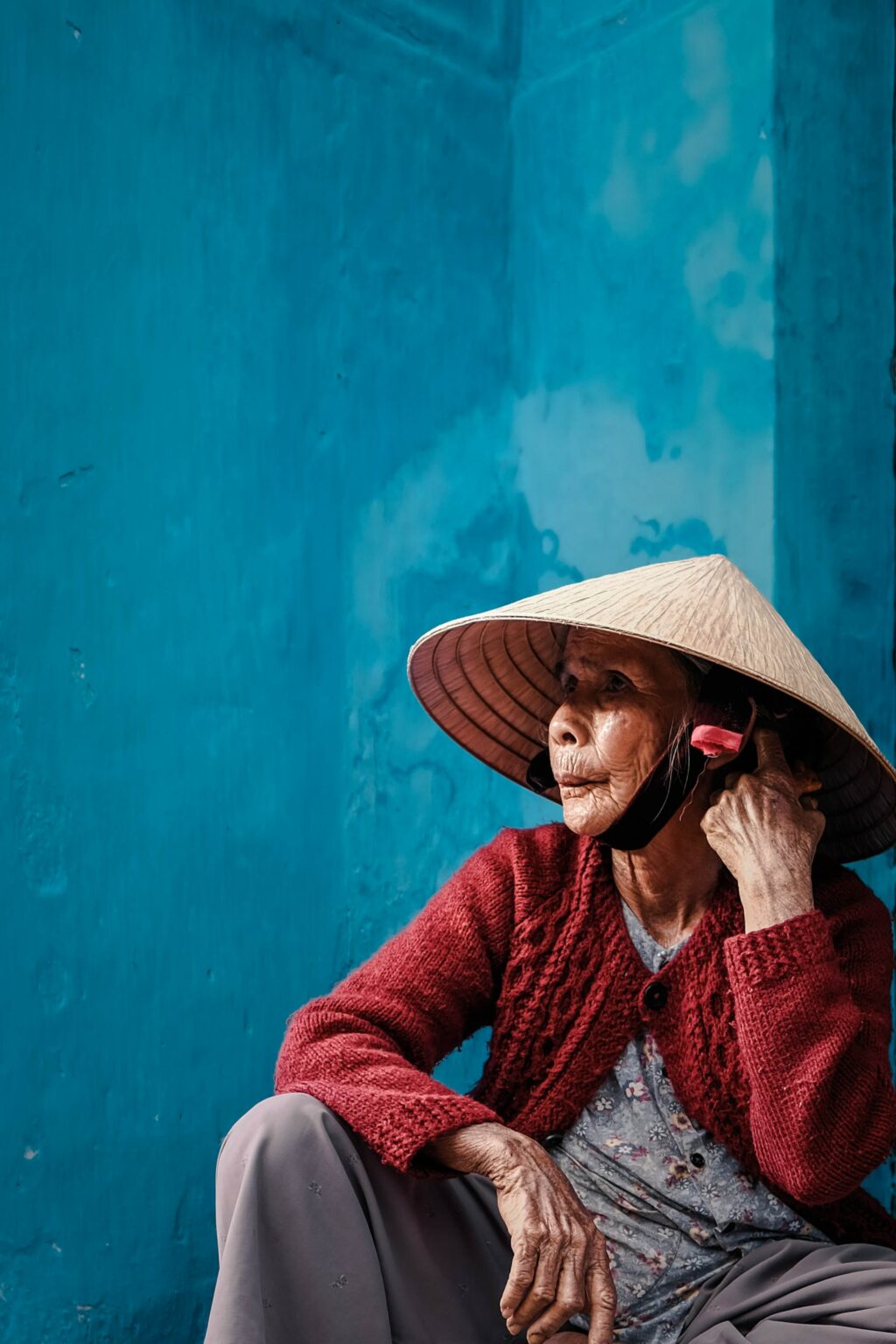
More resources to improve your street portraits:
17. Conceptual Portraits
Conceptual portrait photography needs to portray a concept or an idea and most often this is achieved with the help of props and other digital works when post processing. These type of portraits also involve makeup artists, dress designers along with creative ideas and a good hand on post processing in programs similar to Photoshop.
Perspective control and tricks, levitation and other tricks are usually used to capture the idea or concept in the image. Besides, in conceptual photography, the image is refined finally when post processing by working with layers and masks.
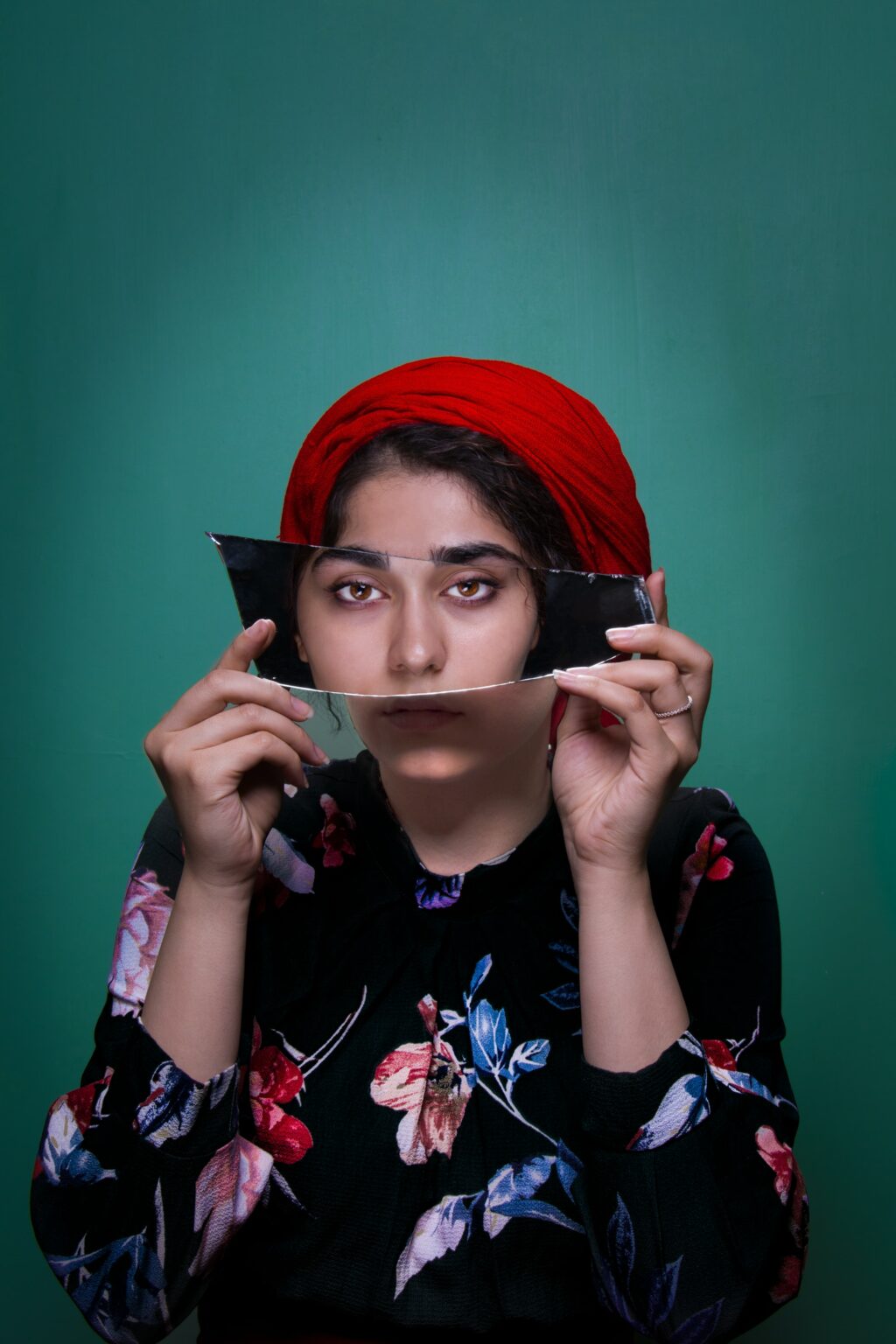
Shoot better conceptual portraits with the help of these resources:
18. Self Portraits
Self-portraits are on the increase recently as many photographers feel comfortable capturing themselves in their studio, than having their photo taken by someone else. Remember, self-portraits are not the same as selfies.
With self-portraits, the photographer needs to plan the shot, and set the focus manually where they need it to be. A tripod is a must along with a remote release or the inbuilt timer. It may take some trial and error and practice to get the end results that you have envisioned.
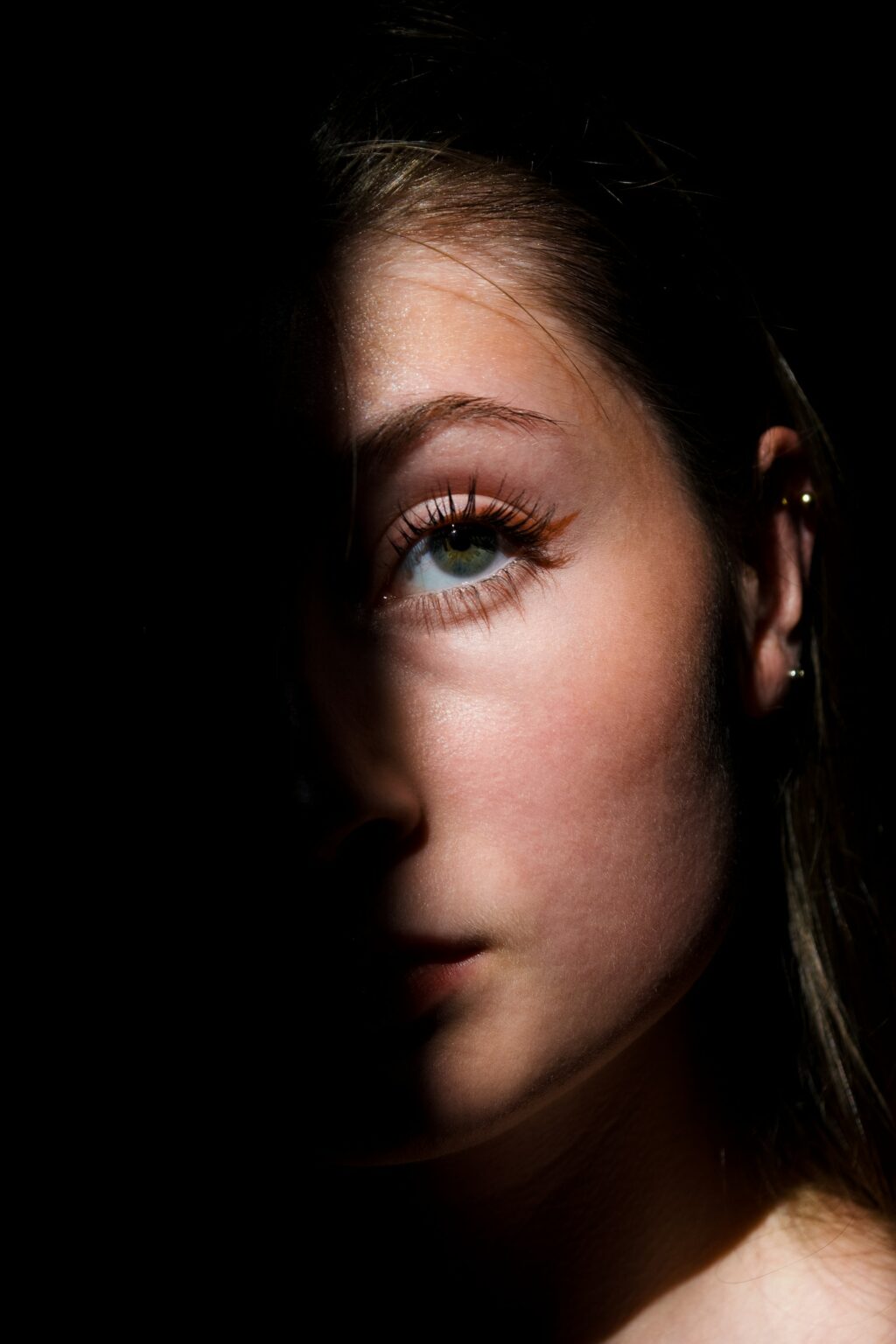
Learn to capture effective self portraits with the help of these resources:
Creative Portraits
Creative portraits are portraits that deviate from the normal or traditional portraits and they usually use different techniques to get creative results. Here are some types of creative portraits that you can try.
- 19. Abstract Portraits – abstract portraits involve a lot of planning because you need to focus on a part of your subject and capture details that can look abstract, for example, capturing light and shadows, placing hair creatively, shooting closeup features of arms, legs, skin textures, etc. You can also make use of techniques like long exposure to capture movements that can lend an abstract feel to the image.
- 20. Faceless Portraits – faceless portraits can be self-portraits or portraits of other subjects and this could be closeup, abstract, macro or conceptual portraits. Make use of good light, props and backgrounds to make this portrait more interesting and meaningful. You could try creative poses, hide the face with hair, shoot from behind, etc. Check out Advanced Portrait Photography: The Faceless Portrait for more simple
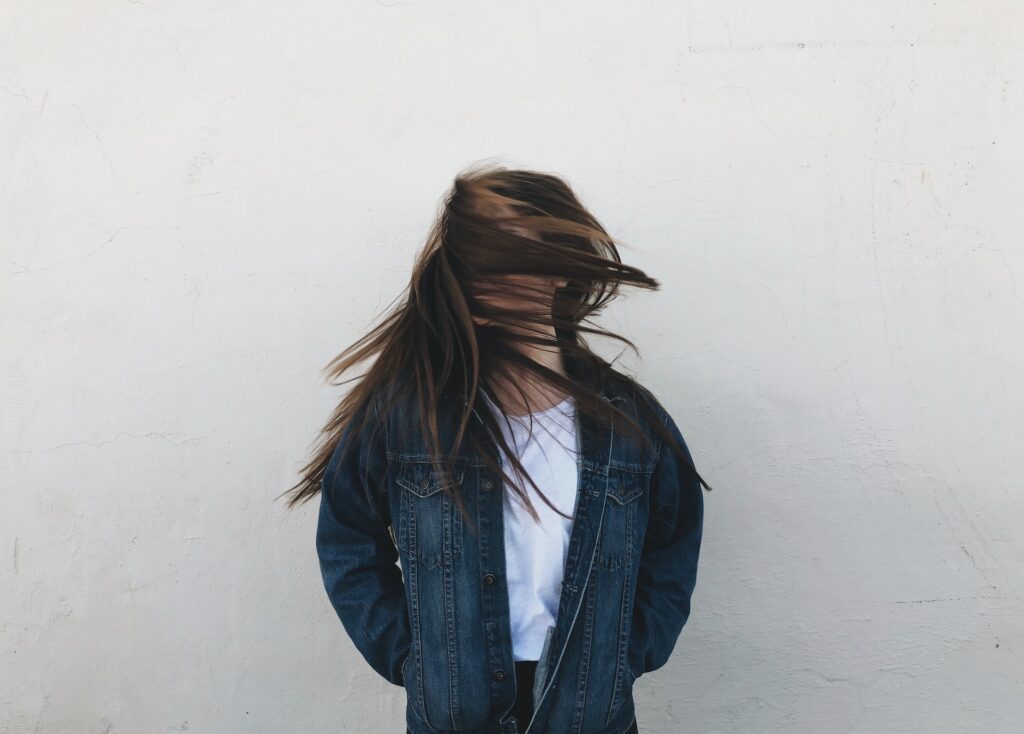
- 21. Closeup Portraits – closeup portraits are almost close to macro, but it involves capturing closeup details of facial features like the eyes, nose, jawlines, or a photo where the face fills the frame. Since you will be capturing your subject from a very close distance, you need to make them feel comfortable and feel relaxed when capturing close details.
- 22. Film Noir Portraits – film noir portraits are dark, moody and dramatic images that require specific use of light to give a bold look. The light used is usually a bit hard and the subject is partially thrown into darkness revealing only parts which can add drama and mystery. Low key lighting also works for this kind of portrait. Check out The Secrets Of Film Noir Photography
- 23. Surreal Portraits – these are dream-like portraits that are shot using appropriate props and outfits in a studio or outdoors in a beautiful location. Images taken underwater also have a surreal look to them. A surreal portrait also involves much post-processing to bring out the desired dreamy results.
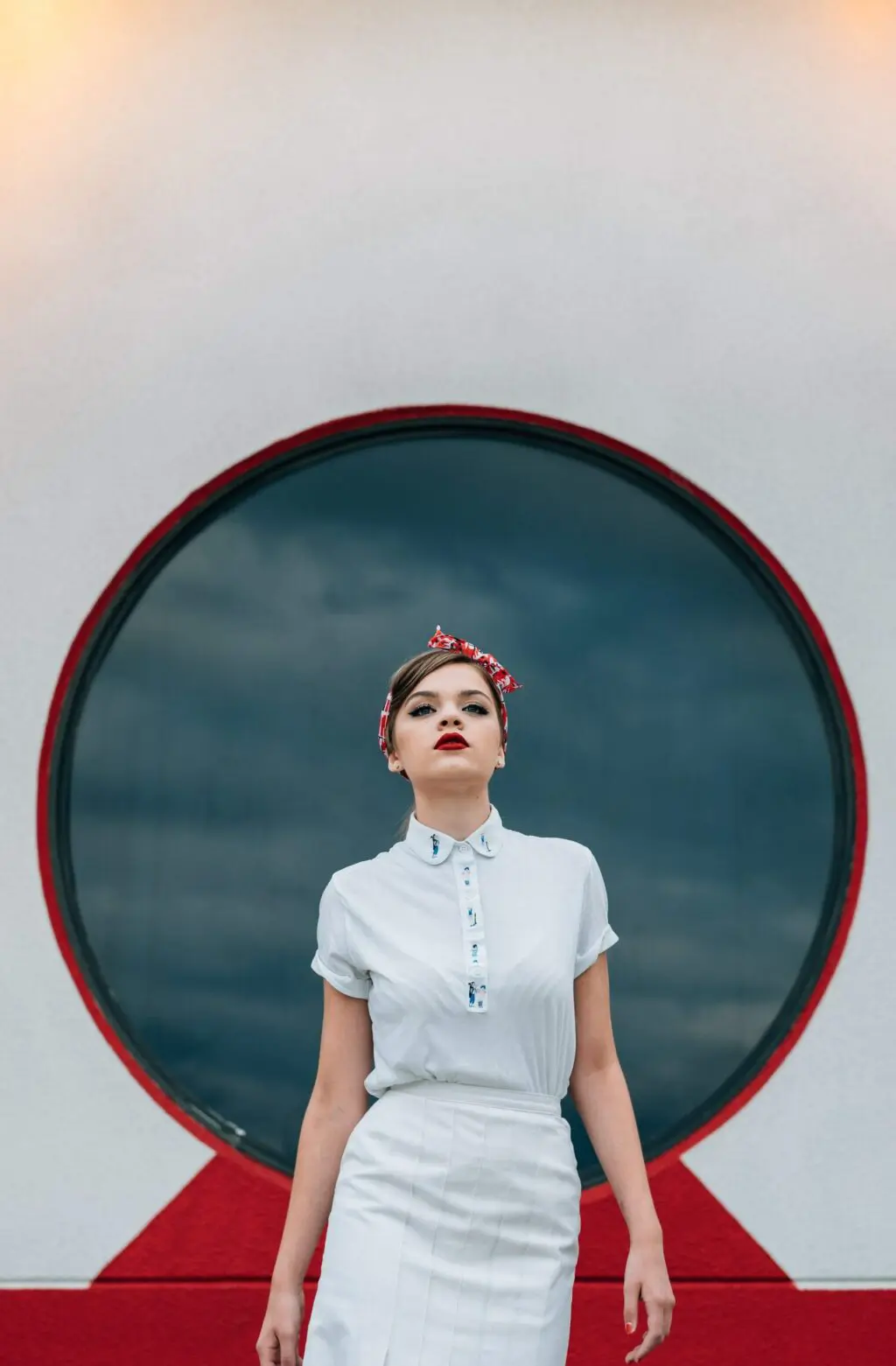
Conclusion
Portrait photography is a challenging genre, and there are many styles that portrait photographers can choose to capture based on their creative vision. It takes quite a lot of practice and skills to master portrait photography.
What is your favourite type of portrait photography? Are there any tips that you follow and wish to share? Let us know in the comments section below.
Further Resources:
Light Stalking https://ift.tt/4y9AIw8
Sourced by Time Trap Photography sharing the best photography tips, news and tricks throughout the industry. Time Trap Photography is dedicated to freezing those special moments in life that can be revisited and admired for generations to come. - Shannon Bourque
Please visit our main site for booking availability and rates.

Receive valuable industry knowledge delivered free to your email each day.






No comments:
Post a Comment
Thank you so much for your comment. A moderator will review and approve all relevant posts. We appreciate your support and encourage you to stay with us by subscribing to our email updates. Where you can easily pick and choose what photography subjects interests you. Subscription link: http://bit.ly/photo-sub